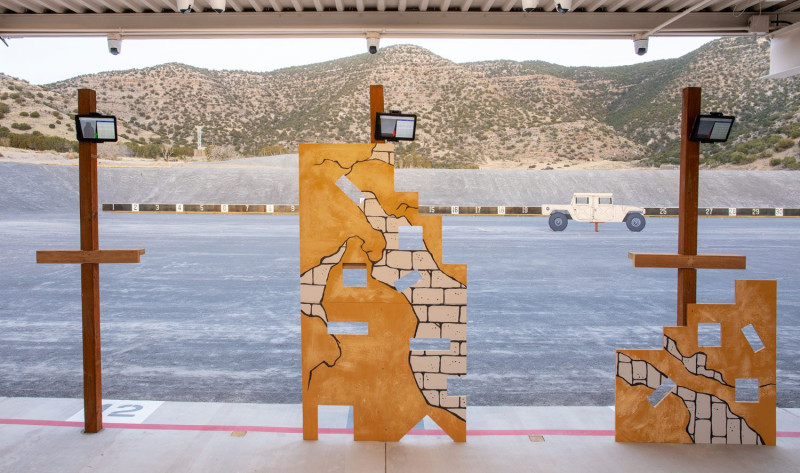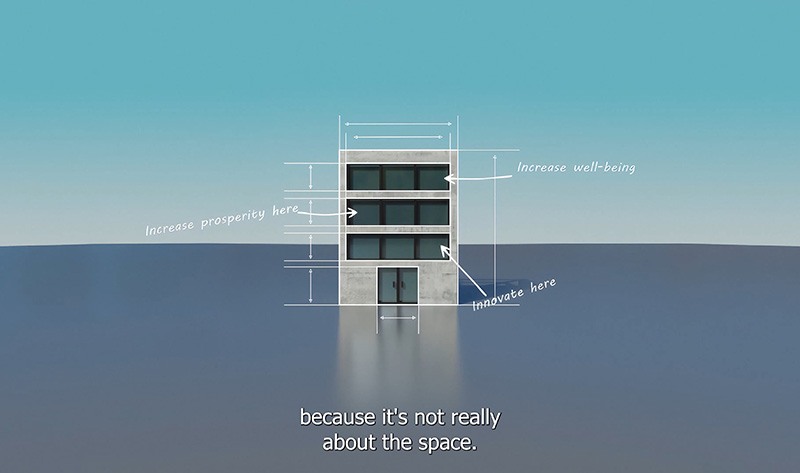Is your office working hard enough?
Improving offices and conference rooms to attract and retain talent
Much has been said lately about the new shape of the workforce. From “quiet quitting” to “the great attrition,” it’s clear that the labor market is in a much different place post-COVID than it was a few years prior, and workplaces need to adjust if they want to stay competitive and continue attracting the best talent. [1]
Offices must create demand. Pre-COVID, the office was seen as a given, a place where workers were mandated to be, so it didn’t matter so much whether the office was welcoming, comfortable, or geared toward employee needs. Now, with many workplaces offering flexibility and permanent work-from-home options, it’s vital for offices to bring something new to the table if they want to attract and retain talent. Workers need to get something out of being in the office that they don’t at home.
For many, the answer to that question is increased collaboration and access to creative and community spaces. The camaraderie of working in an office is impossible to fully replicate with tech, and it’s a feature to keep top-of-mind when designing spaces and considering how they will be used.

The war for talent
These changes to workplace attitudes are not limited to the private sector. If anything, federal government and military jobs are at a steeper disadvantage due to the existing concerns with infrastructure and the quality of offices.
The new generation entering the workforce faces a dazzling variety of career options. Choosing a government position as a civilian or contractor often means forfeiting some of the perks that come with the private sector, or accepting a work environment that’s outdated or lagging far behind in modern comforts.
To be truly competitive in attracting and retaining top talent, the military must begin making office spaces a priority rather than an afterthought.
Recruitment. Engagement. Productivity.
For maximum success, an office should be designed around the mission objectives. Bringing form and function into alignment with the long-term goals of an organization is the key to excellence.
There are three factors to consider:
- Recruitment. How can this space attract talent who would otherwise be drawn elsewhere?
- Engagement. How do you speak to the needs and values of your employees so they feel heard and appreciated?
- Productivity. How do you give workers the tools they need to excel?
Keeping these three elements in mind as you decide how a space can be used and what features it should incorporate will help you make more mission-oriented spaces that attract and retain top talent. Let’s look at four specific ways offices can be redesigned to support these goals.
“…there must be seamless communication between the people in and out of the office.”
Emphasizing connectivity and collaboration
Tech integration is a primary and essential concern for any organization hoping to respond to workforce demands. When a large portion of employees will be working remotely some or all of the time, there must be seamless communication between the people in and out of the office. It’s worth investing in high-quality video conferencing equipment and paying attention to details like display screen and microphone placement that can cause a quality gap between the virtual and in-office experience.
However, optimizing for telecommuting is not enough. Organizations are increasingly realizing the value of in-person collaboration and the types of work best suited to face-to-face interaction. A space that fosters connection within a team and encourages collaboration is equally important.
Expressing the “why”
Workers are happiest and most engaged when they feel connected to something greater. This is especially true in the military, where most recruits have a strong personal tie to the mission or organization.
Your space should provide constant subconscious reminders of the higher purpose of the mission. Expressing a unit's values, mission, and heritage helps solidify its identity and reinforces the “why” that builds greater engagement and long-term career satisfaction.
Protecting future agility
When considering changes and modernization efforts, it’s important to keep one eye on the future. Thinking about the needs of today and bringing workspaces into the present moment is a good start. But to be truly competitive, flexibility is key. COVID made even clearer what has always been true: Circumstances can change rapidly, and an organization must be able to pivot to react.
Improve Group’s method of construction is designed with this type of agility in mind. By utilizing prefabricated construction and alternative procurement methods to sidestep some of the hassles of MILCON, we can create highly customized and tech-integrated spaces that can be quickly rearranged to meet the needs of a rapidly changing organization.
Our military offices must be mission-ready in the same way as our warfighters. Keeping office spaces oriented around mission goals, focusing on flexibility and agility in design, and responding to the needs and demands of top talent positions them for greater success.
[1] George, K. (2022, October 3). Competing in the New Talent Market. Harvard Business Review. Retrieved November 23, 2022, from https://hbr.org/2022/10/competing-in-the-new-talent-market
More Insights
Design a better ending.
Call 800.244.1452
"*" indicates required fields


